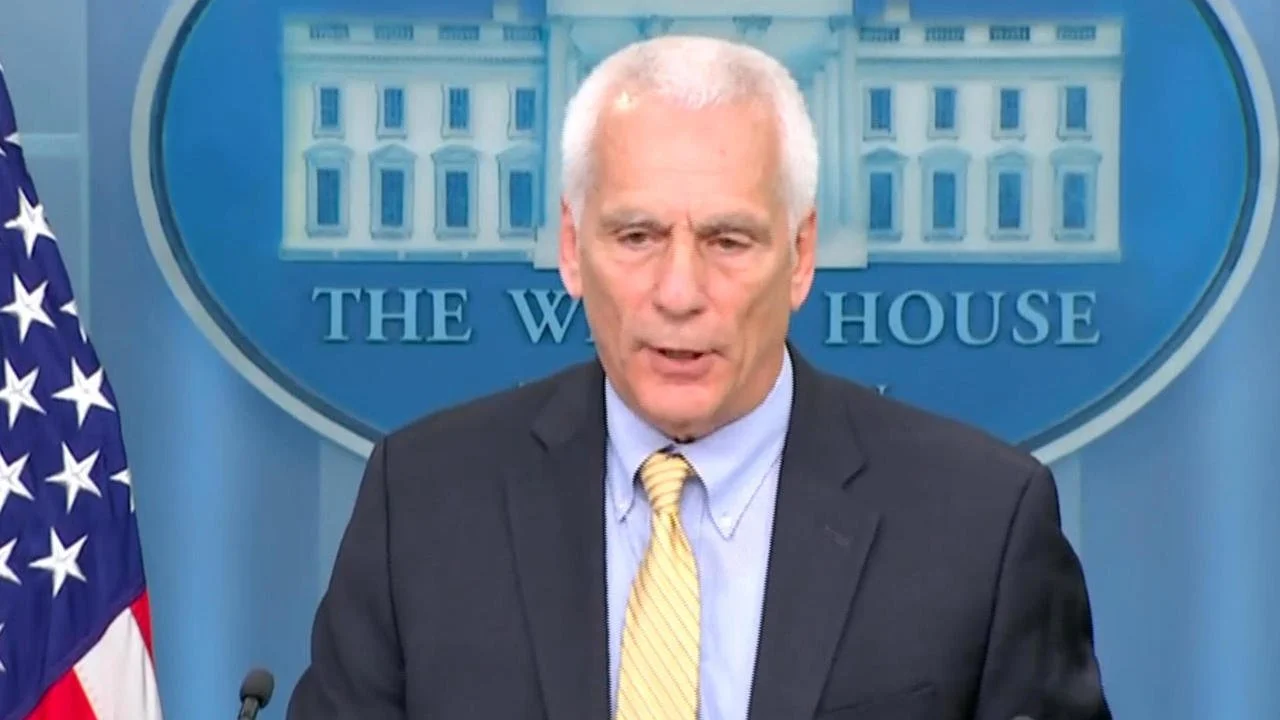Inflation continues to cool ahead of the Federal Reserve's next rate decision
Inflation continued to cool in July, falling to its lowest level in three years and positioning the Federal Reserve to cut interest rates next month.
The fresh report gives the Fed "the green light to cut interest rates by 25 basis points at its September meeting," said Ryan Sweet, chief U.S. economist at Oxford Economics.
Wednesday's report from the Labor Department had consumer prices rising only 0.2% from June to July after falling some the prior month for the first time in four years.
Prices rose 2.9% in July from a year earlier, down from 3% in June, marking the smallest 12-month increase since March 2021, when prices accelerated in the wake of the pandemic.
"We're moving in the right direction on inflation, and doing so with some momentum," Jared Bernstein, chair of the Council of Economic Advisers, told a White House press briefing on Wednesday afternoon.
Importantly, "wages have risen faster than prices for 17 months" on an annualized basis for median and low-income workers, Bernstein noted. Still, "too many families are facing too high costs," the economist said, citing housing and health care costs.
"There's a difference between inflation and high prices," he said, adding that there are "too many prices that are still too high."
Almost all of the increase in July stemmed from higher rental costs and housing prices, with shelter making up for almost 90% of the monthly rise, the government noted. Energy prices remained steady after a couple of months of declines.
Costs for used vehicles, medical care, airline tickets and apparel fell in July from June.
The inflation numbers came in as expected, with "no evidence of any crash in prices, as one might have expected to see in a crashing economy," Rubeela Farooqi, chief U.S. economist, stated in a research note. "Today's report will raise confidence within the Fed that inflation is indeed on a sustainable path towards 2%," and opens the door to rate cuts as soon as next month, said Farooqi, adding that the Fed would embark on "a string of modest rate cuts, not panicky big cuts."
The Fed has hiked interest rates to their highest point in 23 years as it strives to tame inflation while also keeping the U.S. economy afloat. But a weak July jobs report signaled that the labor market could be buckling under the impact of high rates, boosting economists' forecasts that the central bank is likely to cut its benchmark rate at its September meeting.
While inflation has been at the forefront of concerns, the unexpectedly soft July jobs report had some investors and analysts fretting about the risk of a recession.

